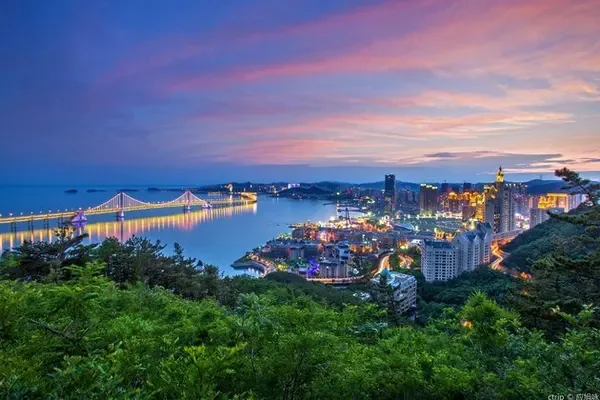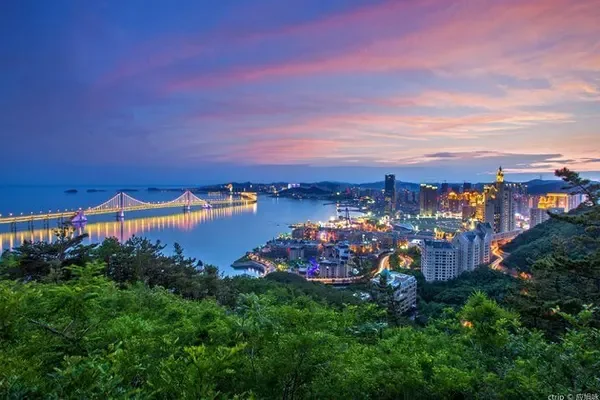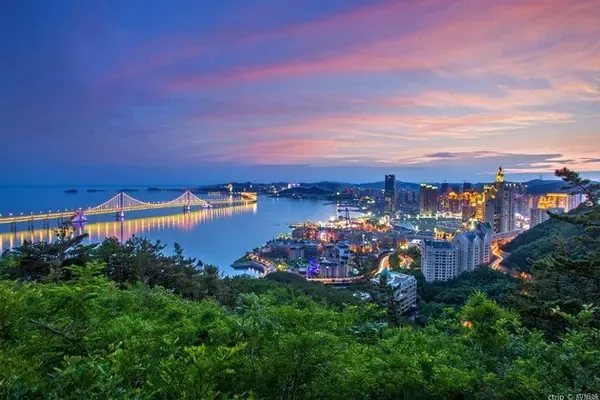"Do not follow in the footsteps of those who have gone before, but go into the unknown, and leave your traces." (Emerson)
Korla, which means "overlooking" in Mongolian, is the capital of Bayingoleng Mongolian Autonomous Prefecture and the largest city in southern Xinjiang, the so-called "Beiwunanku". It is also the seat of the ancient Quli Kingdom. Zhang Qian passed through here when he was on a mission to the Western Regions, and Tang Monk Xuanzang also passed here when he went west to learn Buddhist scriptures. The long history has left Korla with national key cultural relics protection units such as Iron Gate Pass, Loulan Ancient City, Xiaohe Cemetery, Milan Ruins, and Baruntai Yellow Temple, each of which has a fatal attraction.
Korla's geographical location is so superior, leaning against the Tianshan Mountains in the north; facing the Taklamakan Desert in the south, the world's longest desert road and the Tarim River are the two "lifelines" of the desert; in the northeast is the Bayinbulak Grassland, where there is the world's largest natural swan Reserve; to the west is the vastness of the "West Sea" Bosten Lake.
This is an express train (43.5), and it will arrive at the station at 9:24 in the evening, and there will be no stops in between. This time Gaode is more powerful. Longxing Youth Hostel is more than 500 meters away from the train station. The neon signs are obvious, and we can find it on foot.


I checked on the Internet, this is the only youth hostel in Korla, the hardware facilities are really hard to say, and the guests are all kinds, not as accurate as other youth hostels. When I first entered, I felt that this was no different from an ordinary hotel. In less than half an hour, three young men and one woman arrived in the lobby. After a chat, I just took the southern line of the Silk Road and came by bus along Minfeng-Qiemo-Ruoqiang on the edge of the Taklamakan Desert. The lady proprietress, Ms. Zhang, was also very enthusiastic. She immediately introduced us to places to visit in Korla, and uploaded a beautiful article made by her on WeChat. Immediately afterwards, I made an appointment with these few to go to Bosten Lake together tomorrow. I was very happy that night.
Korla is a city where many ethnic groups live in harmony. The clear Kongque River runs through the city, and riverside gardens can be seen everywhere. You may not think that there is a Jiangnan water town on the edge of the desert.


The Bazhou Museum has a unique shape, combining elements of the Loulan Pagoda, the Mongolian Vajra Relic Pagoda, and traditional large eaves. According to Ms. Zhang, the roof looks like an open book. The museum displays Loulan culture, Donggui culture, regional folk culture, ancient history and other exhibition halls. Among them, the cultural relics and mummies unearthed from Loulan ruins, Yingpan cemetery and Qigexingfosi ruins are all national treasures.


According to research, the people buried in the Xiaohe cemetery were of the Indo-European race. The coffin made of Populus euphratica has a cover but no bottom, and is shaped like a boat. During the burial, the live cattle were slaughtered and skinned on the spot, and the entire coffin was wrapped in fresh cowhide. The cowhide continued to shrink during the drying process. The arid climate in the desert would evaporate all the moisture in the cowhide. Finally, the cowhide wraps the coffin tightly and tightly, and the surface becomes as strong as a shield. The signs of the distinction between male and female tombs indicate the strong reproductive worship at that time.
The Donggui Cultural Museum vividly displays the historical process of the Mongolian Turhute tribe moving westward and returning eastward. At that time, it took two years to move westward to the Volga River (1628-1630), and half a year to return eastward. Only half of the 170,000 people returned.
The lion-body tufted carpet is the treasure of the museum. This was unearthed from Tomb No. 3 in Yingpan. It is probably a wool-woven carpet produced during the Three Kingdoms period, and it is the largest lion-pattern carpet in China.

The origin of Bosten Lake says that there was a pair of young lovers, the boy named Bosten and the girl named Gaya, they loved each other deeply. The rain god in the sky found the beautiful Ga Ya and wanted to take her as his wife, but Ga Ya refused to do so, and the rain god was furious, causing the earth to suffer year after year of drought. Bravery and Bosten fought the Rain God for ninety-nine and eighty-one days, and finally made the Rain God surrender, but Bosten also died of exhaustion. The beautiful Gaya was so sad that she washed her face with tears all day long, turning into a large lake, and finally died of excessive grief and anger. In memory of them, local herdsmen named the lake Bosten Lake. Bo Lake is also the largest inland freshwater lake in China.




The owner of the Youth Hostel Li, whose ancestral home is Zhuanglang, Gansu Province, calls himself Brother Li, and his wife and daughter also call him Brother Li, laughing at himself that this title is like a name. He led us to the mighty reed beach by the Kongque River. According to Li Ge, Bohu Lake is the second largest reed industry base in China.
Li Ge is worthy of being a veteran travel friend and local expert. The route he took us to is very remote, just bypassing the ticket point of Bohu Lake, and we can see Bohu Lake on the edge of the desert.








I stood on the golden beach with soft fine sand under my feet. The level of the lake is like a mirror, and slender egrets are croaking on the water. Some tourists swim in the water or take off their shirts and lie on the beach to bask in the sun. I couldn't help asking myself, is this a time-space shift? How could there be a beach in the arid Xinjiang?
The red willow trees in the desert are not the tall ones we often see. It is more like a shrub, with a height of only two or three meters. One by one, the trees are slender and long, with almost no branches. The branches are directly drawn from the ground in clusters and clusters, and are intertwined with each other. The locals use this kind of willow skewers to barbecue, which is called red willow barbecue.


